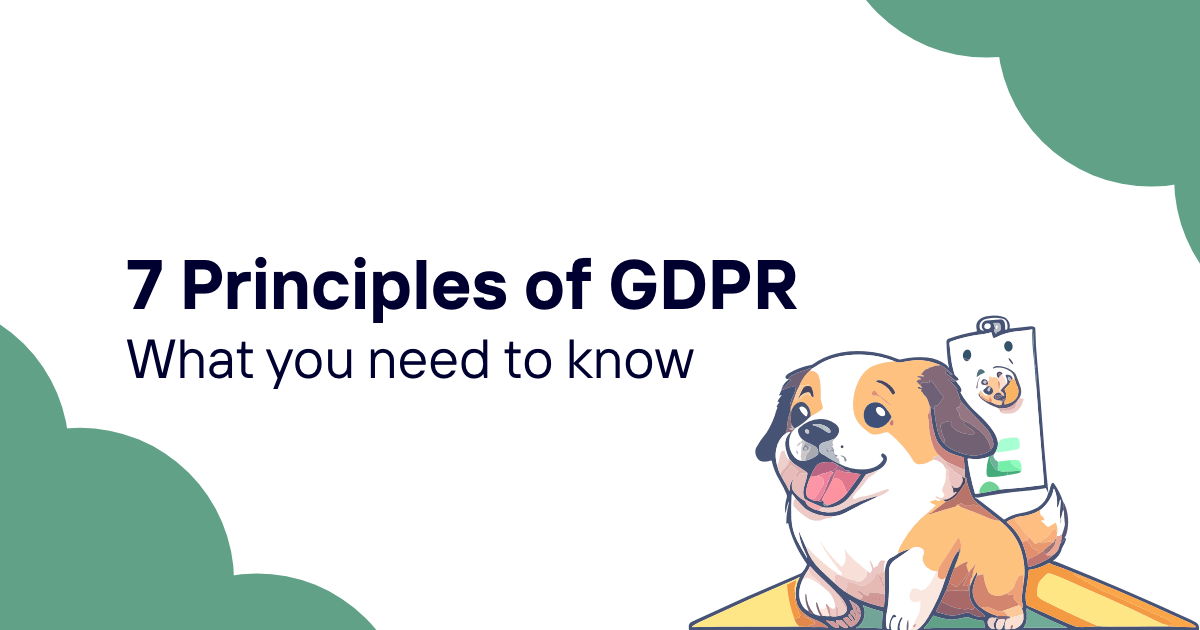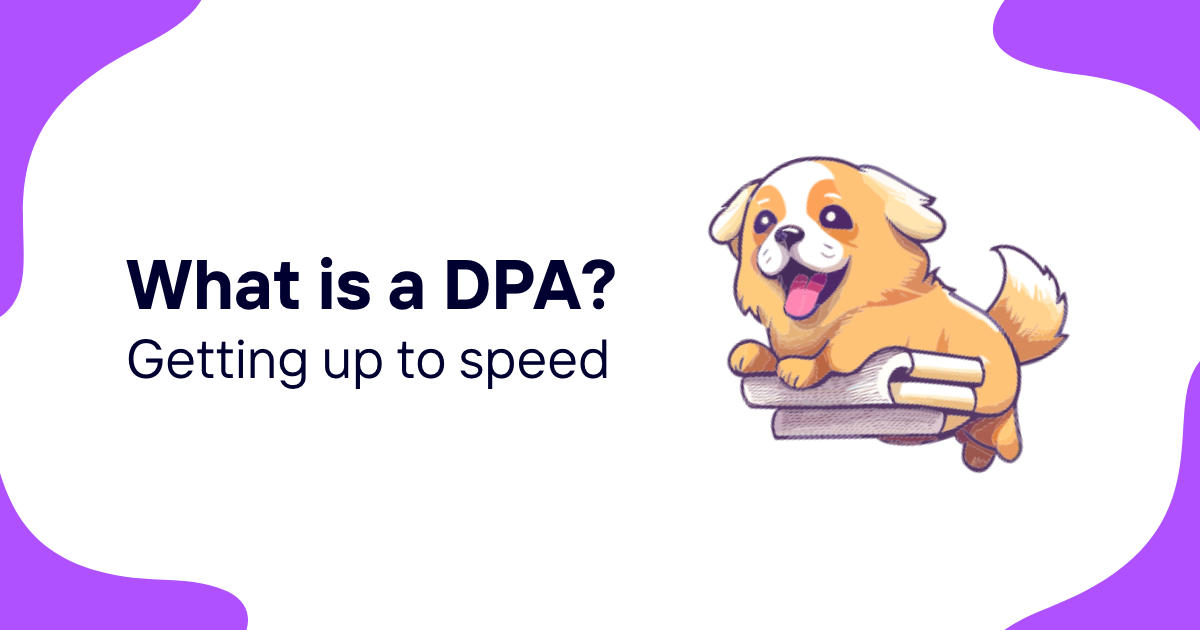Navigating the digital world's privacy laws can feel like a maze, especially with regulations like GDPR in the mix. If you're running a website, you know how crucial it is to stay compliant. One key component? A cookie consent script. It's not just about legality; it's about building trust with your visitors.
Implementing a GDPR-compliant cookie consent script might seem daunting at first. But don't worry, it's simpler than you think. With the right tools and knowledge, you can ensure your website respects user privacy while keeping in line with strict regulations. Let's dive into how you can achieve this balance and why it's essential for your online presence.
Understanding GDPR and Cookie Consent
In the digital world, the General Data Protection Regulation (GDPR) stands as a significant legal framework that governs how personal data of individuals within the European Union (EU) and the European Economic Area (EEA) is collected, processed, and stored. As a website owner, you're required to understand the ins and outs of GDPR to ensure your site complies with these regulations, especially when it comes to cookie consent.
Cookies, small pieces of data stored on the user's device, are a critical aspect of website functionality, from personalizing user experiences to tracking site analytics. Under GDPR, explicit consent is required before any cookies that are not strictly necessary for the website to operate can be placed on a visitor's device. This means you need to provide clear, comprehensive information about the data each cookie tracks and ensure that consent is freely given, specific, informed, and unambiguous.
To streamline this process, implementing a cookie consent script on your website is key. This script should:
- Clearly display a consent form when a user first visits your site
- Detail the types of cookies used and their purpose
- Allow users to accept all cookies, reject non-essential cookies, or select their cookie preferences
This approach not only helps in aligning with GDPR requirements but significantly boosts the trust users have in your website. They’ll appreciate the transparency and control offered over their personal data, enhancing their overall experience on your site.
Moreover, it's worth noting that cookie consent isn't a one-time process; it should be an ongoing effort. Regularly reviewing and updating your cookie consent practices ensures that you remain compliant with GDPR, especially as laws and technologies evolve. Utilizing tools and platforms designed to manage cookie consent can vastly simplify this process, making it more efficient to stay on top of regulatory requirements without sacrificing user experience.
Importance of Cookie Consent Scripts

When navigating the digital landscape, understanding the crucial role of cookie consent scripts in GDPR compliance is non-negotiable. These scripts serve as the backbone for transparent interactions between websites and their visitors, ensuring that personal data is handled with care. As you dive deeper, you'll recognize that implementing these scripts isn't merely a legal formality—it's a cornerstone of digital trust.
Why are they so important? First, they provide clarity and control to users over their personal data. By informing visitors about the cookies being used and their purpose, and requiring active consent before any data collection begins, you’re not just adhering to legal requirements; you’re also fostering a transparent relationship with your audience.
Second, cookie consent scripts are pivotal in maintaining website compliance. The GDPR mandates explicit consent for non-essential cookies, making these scripts a must-have feature for any website operating within or targeting users in the EU. Failure to implement them correctly can lead to hefty fines and damage to your brand's reputation.
Moreover, these scripts offer flexibility and adaptability. With the digital landscape constantly evolving and regulations becoming increasingly stringent, having a dynamic cookie consent script ensures that your website can easily adjust to new laws and technological changes.
Finally, using cookie consent scripts can significantly enhance the user experience. By giving visitors control over their personal data, you’re not only respecting their privacy but also boosting their confidence in your website. This trust is invaluable, laying the groundwork for long-lasting relationships and loyalty.
Incorporating cookie consent scripts is more than a legal mandate; it's a gesture that communicates your commitment to transparency, compliance, and respect for user privacy. As technology and regulations continue to evolve, staying informed and adaptive will be key in navigating the complexities of digital consent.
Steps to Implement a GDPR-Compliant Cookie Consent Script

Implementing a GDPR-compliant cookie consent script on your website is more straightforward than you might think. By following these steps, you'll ensure your site not only aligns with legal requirements but also respects your users' privacy.
Firstly, Understand GDPR Requirements: Before diving into technicalities, it's vital to grasp what the GDPR demands regarding cookies. The regulation stipulates that you must obtain explicit consent from users before any cookies are loaded, except for those strictly necessary for your website to function. You also need to inform users about the types of cookies your website uses and for what purposes.
Choose a Reliable Cookie Consent Management Platform (CMP): Several tools and platforms are available to simplify the implementation process. When selecting a CMP, look for features such as customization options to match your website's design, language settings for a global audience, and the ability to log and manage user consents efficiently.
Customize Your Cookie Consent Banner: Tailoring the look and feel of your cookie consent banner ensures a seamless user experience. You should include clear information on the types of cookies used and their purposes. Equally important is providing options for users to accept, reject, or manage their cookie preferences.
Test and Optimize: After integrating the cookie consent script and customizing your banner, it's critical to test it across different devices and browsers. Ensure that it displays correctly and that users can easily adjust their settings. Regular testing and optimization based on user feedback or behavior can enhance compliance and the overall user experience.
Stay Updated: GDPR and data privacy laws are subject to change. Regularly review your cookie consent practices and adjust them as needed to stay compliant with current regulations.
By following these steps, you'll not only meet GDPR requirements but also demonstrate to your users that you value and respect their privacy. This commitment can significantly enhance trust and credibility, key factors in today's digital age.
Tools for Simplifying Cookie Consent Compliance

Navigating the complex world of GDPR compliance can be daunting, especially when it comes to managing cookie consent on your website. Fortunately, there are tools designed to simplify this process, making it easier for you to comply with the law while providing a smooth user experience.
Cookie Consent Management Platforms (CMPs) are at the forefront of these tools. CMPs not only help you manage consent more efficiently but also ensure that your website's approach to cookies is fully compliant with GDPR. By automating the consent collection process, these platforms save you time and reduce the risk of non-compliance.
When selecting a CMP, it's essential to look for features like:
- Customizability: Ensuring the consent banner matches your site’s design.
- Multi-language support: Catering to your diverse audience.
- Comprehensive reporting: Offering insights into consent rates and preferences.
Popular CMP choices include OneTrust, Cookiebot, and Quantcast Choice, each providing a unique set of features tailored to different needs.
Integrating a CMP isn't just about legal compliance; it's also about trust. Displaying a transparent consent process improves user trust and contributes to a positive brand image. Moreover, many of these tools offer options for ongoing compliance monitoring, alerting you to potential issues that need attention, ensuring that your website remains compliant over time.
Beyond CMPs, developer tools like Cookie Consent by Insites or Osano offer libraries and APIs for more customized solutions. These tools are particularly useful for websites with specific requirements or those looking to integrate consent management into their existing infrastructure.
Remember, the goal is not only to comply with GDPR but to do so in a way that respects user privacy and enhances their experience on your site. By leveraging the right tools, you can achieve both objectives efficiently.
Ensuring User Privacy and Legal Compliance

In the digital age, protecting user privacy has never been more crucial. As you navigate the complexities of GDPR, implementing a robust cookie consent script is essential to both ensuring user privacy and maintaining legal compliance. With the right tools and practices, you can achieve a delicate balance between meeting regulatory demands and providing a seamless user experience.
When selecting a cookie consent script, flexibility and transparency are key. Your chosen solution should allow users to easily manage their consent preferences, offering clear options to accept, decline, or customize their cookie settings. This not only demonstrates respect for user privacy but also helps in building trust, which is invaluable in cultivating lasting relationships with your audience.
Moreover, the legal landscape around privacy and data protection is constantly evolving. To stay ahead, your cookie consent script must be adaptable, capable of accommodating changes in laws and regulations without requiring a complete overhaul. This adaptability ensures that your website remains compliant over time, safeguarding your business against potential legal challenges and fines.
Documentation and reporting capabilities are also vital components of an effective cookie consent script. These features enable you to maintain accurate records of consent, providing verifiable proof of compliance in the event of an audit. Comprehensive reporting allows for regular reviews and adjustments to your privacy policies, ensuring they always align with current legal standards and best practices.
By prioritizing user privacy and legal compliance in your approach to cookie consent, you'll not only adhere to GDPR requirements but also enhance the user experience on your site. Remember, a transparent and user-friendly cookie consent process is a fundamental step in achieving compliance and fostering a culture of privacy and trust.
Conclusion
Navigating the GDPR landscape requires more than just ticking boxes; it's about genuinely prioritizing user privacy and building trust. By choosing a cookie consent script that emphasizes flexibility, transparency, and adaptability, you're not just complying with laws—you're enhancing the user experience on your website. Remember, the key to maintaining compliance isn't a one-time setup but a continuous process of documentation, regular policy reviews, and adjustments to keep pace with evolving privacy standards. Embrace these practices, and you'll not only meet legal requirements but also foster a culture of respect and transparency with your users.












